I’ll never forget being at my sister-in-law’s apartment and her husband showing off how their youngest was finally potty trained. Literally – as if we were in a movie – the second he finishes his story their older daughter runs in exclaiming “Ethan caca everywhere!” Needless to say, potty training can be a struggle that seemingly lasts forever…and ever, and ever.
There are many techniques and potty training tips that caretakers can try, but there are some general tactics to bear in mind no matter what route you go down. Read on to learn about them from Lisa Richards, MSN, CNM and Ovia Health coach coordinator, as well as helpful chair options and accessories.
Potty Training Tips
Wait for signs of readiness.
“Every child is different, and some are ready before others. That’s okay. If you push a child to potty train before she’s ready, it might create more complications for both of you, and make the process longer, harder, and more frustrating. Signs of readiness include staying dry for longer (for example, staying dry through naps or at least two hours while awake), being able to pull her pants up and down herself, having the words to say when she needs to go, asking to have wet or dirty diapers changed, being interested in watching others use the bathroom, or hiding while soiling her diaper.”
Be positive.
“It’s generally far more helpful to praise your child’s successes than it is to punish him for accidents. Something like a sticker chart can be a helpful motivator for lots of little ones. Other kids might get excited about picking out their own potty seat and new big-kid underwear. Making potty training fun and helping them to feel good about the process can help get them on board and motivated.”
Be consistent, but know when to let go.
“There are lots of potty training methods out there, and it’s not one-size-fits-all. For example, some parents swear by keeping baby naked as much as possible while potty training, others like to use training pants or keep diapers on between potty training sessions, and others switch to big-kid underwear right away. But once you pick one that seems like a good fit for you and your child, stick with it! The more consistent you are with things like your expectations, routines, and rewards, the sooner it will help your little one catch on. But if it’s not working, it’s okay to step back and take a break from the potty training for a while and wait for your child to show a little more readiness before trying again.”
Be patient.
“Not only are children ready for potty training at different ages, but some master the process faster than others. Nothing made that clearer than my own personal experience with my twins. Not only was one ready to potty train almost a full year before the other, but one went very quickly from diapers to being fully potty trained, and for the other there were lots more accidents along the way. Even if you’ve had experience potty training and older sibling, things might go really differently the next time around. That might be frustrating for you as a parent or caregiver, but if your child picks up on those frustrations, it might make them more reluctant to participate in potty training.”
Checkout the slideshow below for a look at potty training chairs and accessories to ease the transition away from diapers.
More About Potty Training:
- The Best Potty Training Watches For Kids
- 6 Potty Training Apps to Save Your Sanity
- What You Need To Know About the 3-Day Potty Training Method
Potty Training Tips And Must Have Chairs And Accessories
-
Skip Hop Go Time 3-in-1 Potty
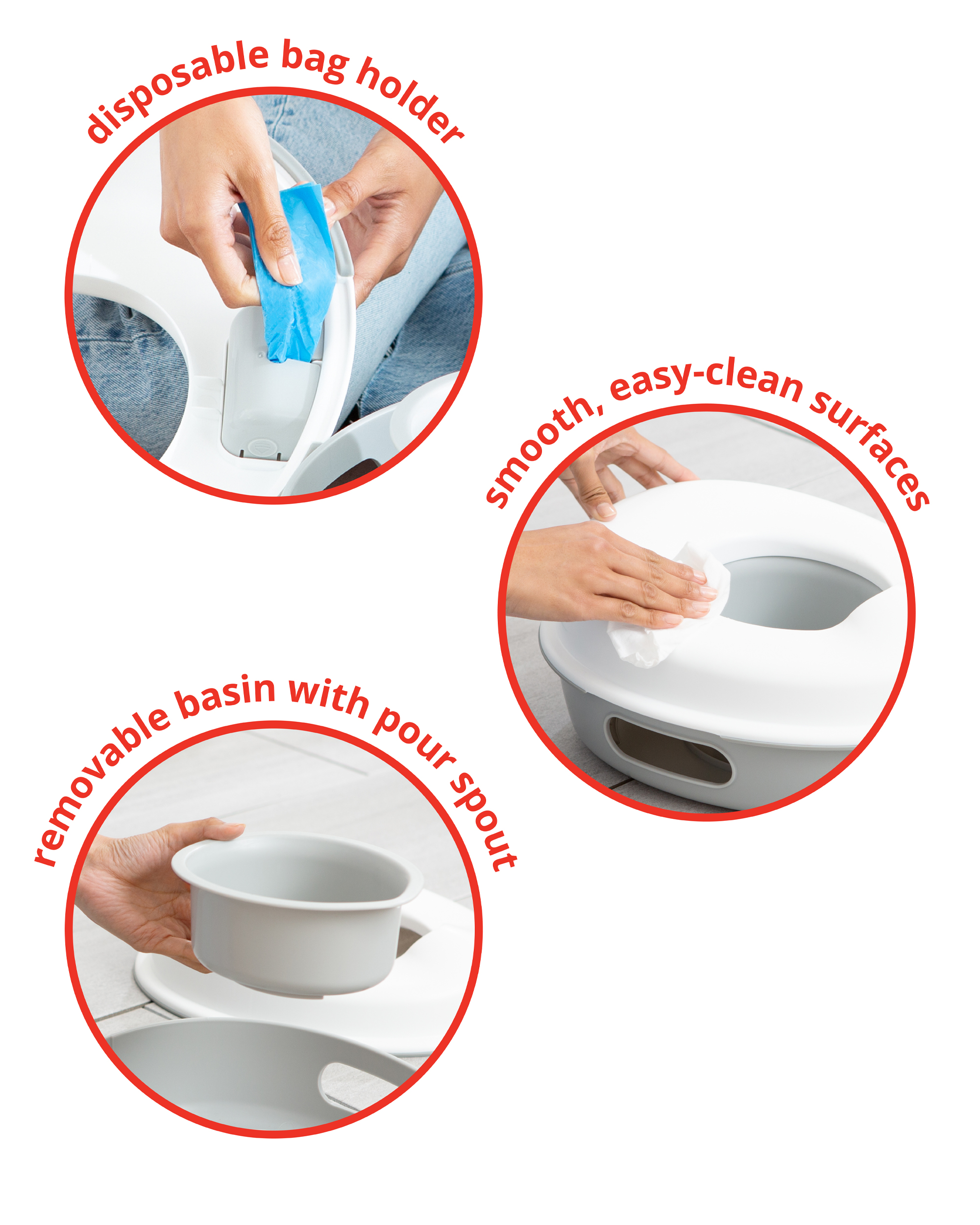
Skip Hop is a favorite for so many baby and toddler essentials and their Go Time 3-in-1 Potty is fittingly impressive. It has a removable basin with pour spout so it's totally mess-free, integrated bag storage and a compact design that can be used 3-ways: standalone, on-the-go (nests for storage), and as a seat reducer.
$20 at Skip Hop
-
Monti Kids Montessori Toilet Learning Kit
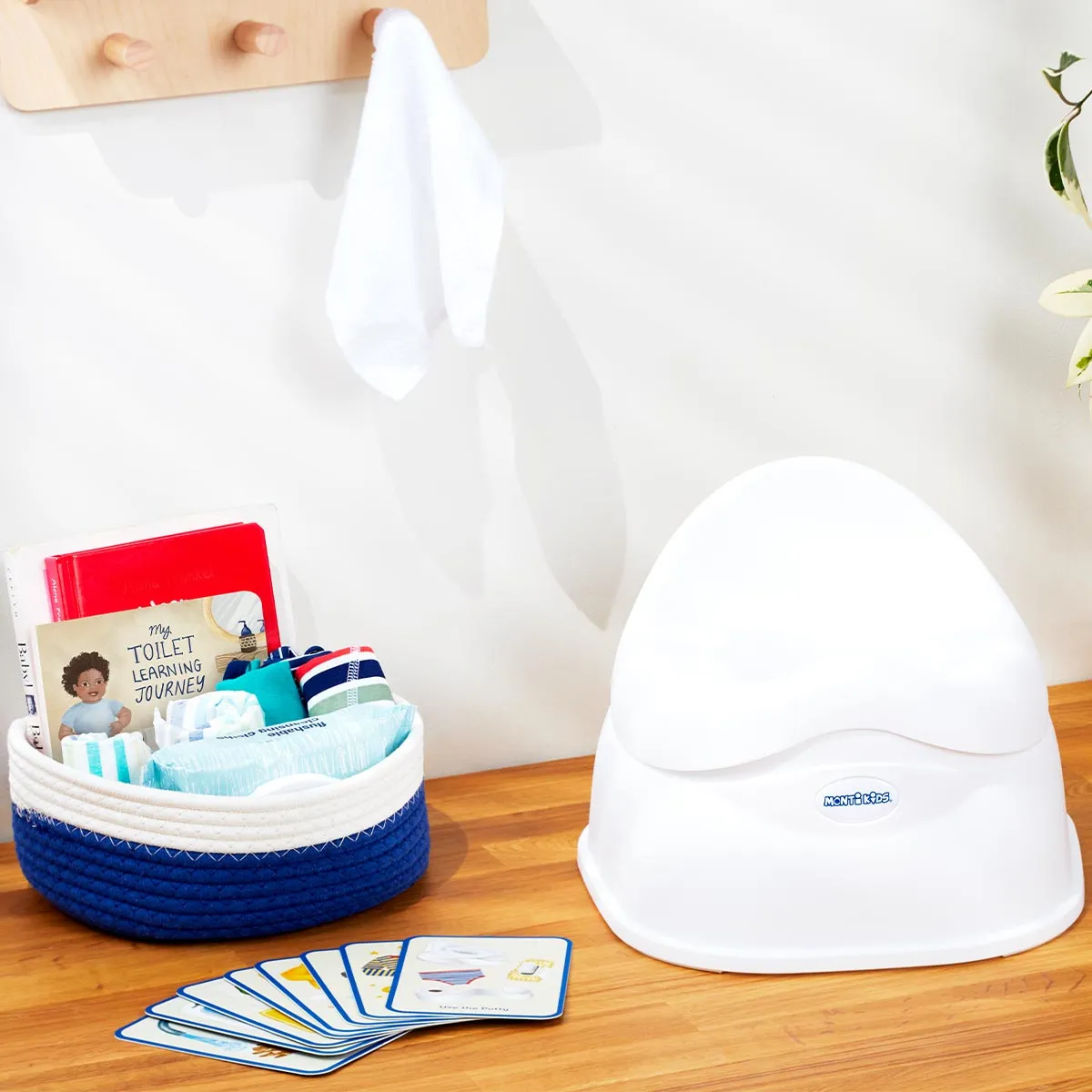
Leave it to a Montessori brand to perfect toilet training. Monti Kids makes some of the most beautiful stage-based educational toys and now they've launched a toilet Toilet Learning Kit that includes a toddler-sized potty and book written by Montessori Child Development experts, a silicone faucet extender for independent hand washing, cotton rope basket, printable toilet learning language cards and more. It's one of the most thoughtful ways to approach this major milestone.
-
Joovy Loo Potty Chair
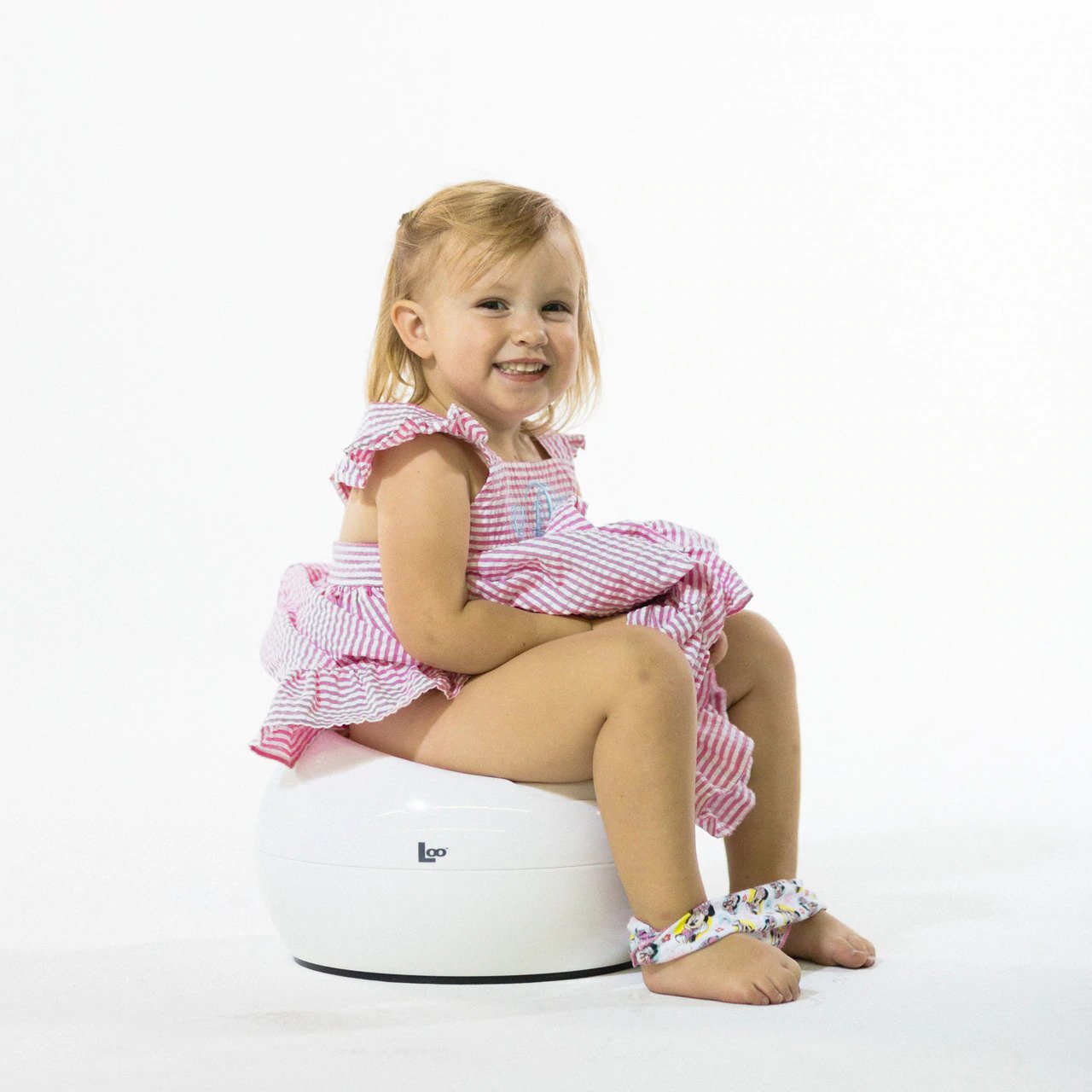
This potty training chair has a removal inner bowl, splash guard, a low profile to prevent tipping and a non-slip base. It has just the right, the for young toddlers but is also sturdy enough to support bigger kids (sitting, no sliding!).
$39.99 at Joovy
-
Pinky Bear Potty Train
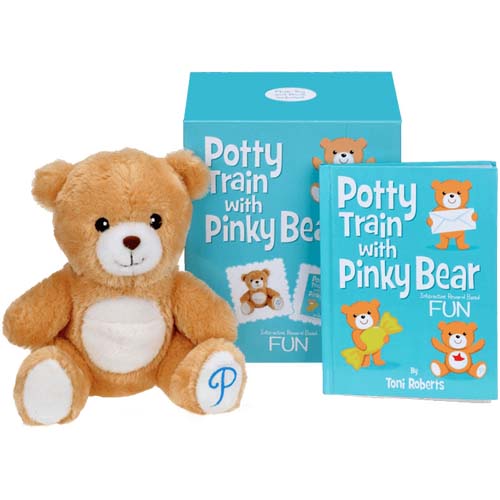
Potty Train with Pinky Bear is a companion book and stuffed bear that gives toddlers a personal cheering squad and rewards-based fun for their efforts. The idea is to first read the book to your child. Then give them the Pinky Bear (as a surprise) and then give them Pinky Bear rewards (rewards can be as simple as a letter from Pinky Bear, a sticker or a small treat). This is a great tactic if you sense potty training issues.
$42.99 at Pink Bear
-
Tiny Hat Top Hat Potty
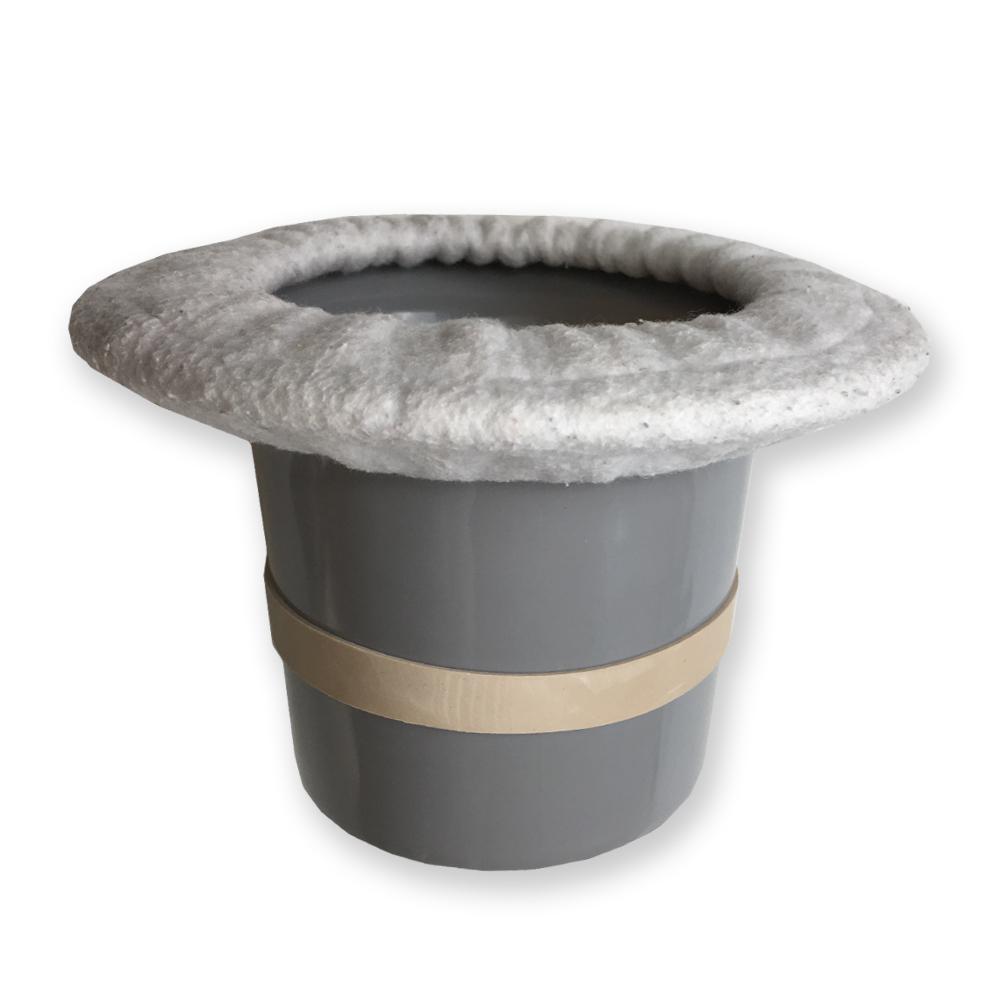
Are you looking to start training early? For on-the-go or for every day potty training for a small child, this option can be held between the thighs for baby to use at ages 0-12 months.
$20 at Tiny Undies
-
Super Potty Trainer
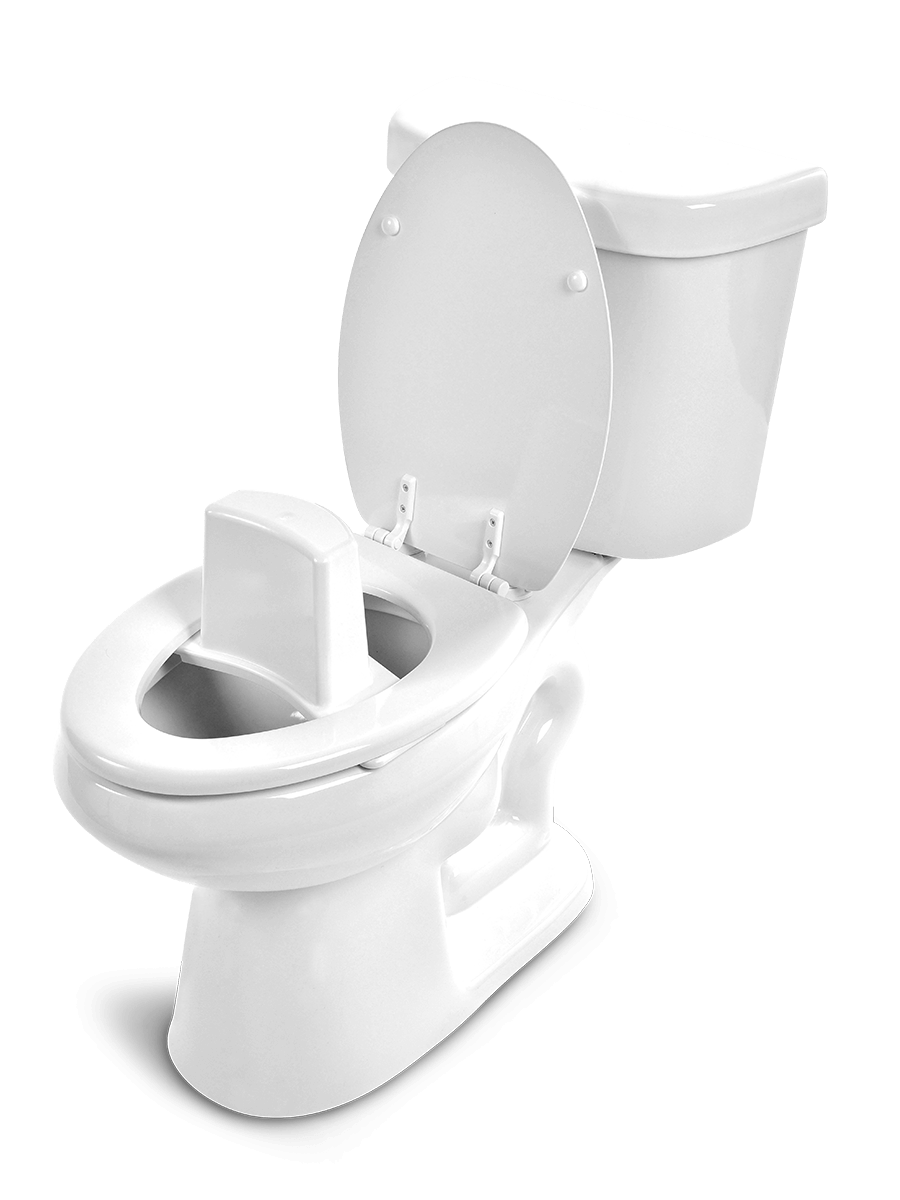
Are you finding yourself sitting on the toilet with your little one to provide them with feelings of security? This accessory adjusts to your toilet to eliminate the fear of falling and provide your little one with back support.
$19.88 at Super Potty Trainer








